best bin type to raise euros for fishing
bltlover
10 years ago
Related Stories
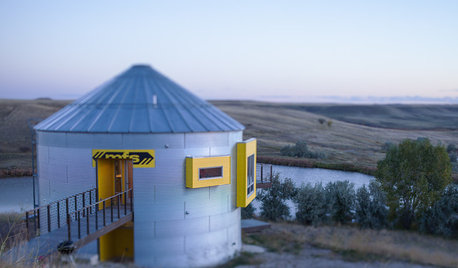
HOUZZ TOURSHouzz Tour: Prairie Grain Bin Turned Bucolic Retirement Home
An agrarian structure and a big dream combine in this one-of-a-kind home that celebrates 250 acres of Montana grasslands
Full Story
GARDENING AND LANDSCAPINGHow to Make a Pond
You can make an outdoor fish paradise of your own, for less than you might think. But you'll need this expert design wisdom
Full Story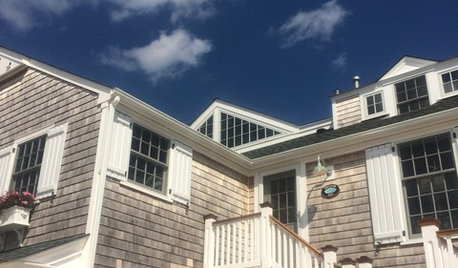
DISASTER PREP & RECOVERYHouzz Tour: Family Rebuilds Home and Community After Hurricane Sandy
This restored coastal New Jersey house — now raised 9 feet off the ground — offers inspiration for neighbors considering a return
Full Story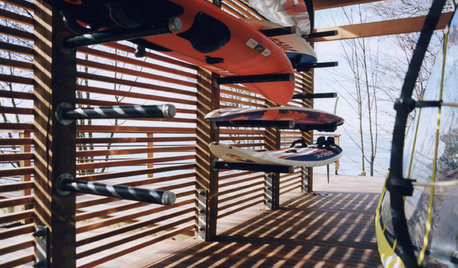
ORGANIZING20 Great Storage Spots for Summer Gear
From bulky surfboards to small sand toys, your summer stuff will all find a neat and accessible home with these ideas
Full Story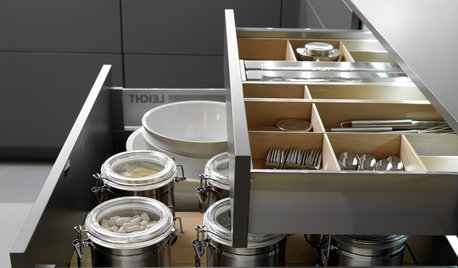
DECORATING GUIDESHow to Work With a Professional Organizer
An organizing pro can help you get your house together. Here's how to choose the right one and gain your own clutter-clearing skills
Full Story
CONTEMPORARY HOMESHouzz Tour: A Stunning Church Conversion in Chicago
A former Methodist church built in 1901 finds new life as an awe-inspiring family home
Full Story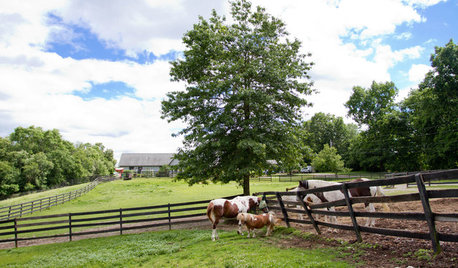
HOUZZ TOURSHouzz Call: Show Us Your Farmhouse!
Bring on the chickens and vegetable patches. If your home speaks country, it might appear in a featured ideabook
Full Story
WINDOW TREATMENTS6 Ways to Deal With a Bad View Out the Window
You can come out from behind the closed curtains now. These strategies let in the light while blocking the ugly
Full Story
GARDENING GUIDESGet on a Composting Kick (Hello, Free Fertilizer!)
Quit shelling out for pricey substitutes that aren’t even as good. Here’s how to give your soil the best while lightening your trash load
Full Story
ENTERTAININGGenius Home Prep: A Guest Room in a Box
No dedicated guest room? Make hosting overnighters easier by keeping the essentials in one place
Full StorySponsored
More Discussions






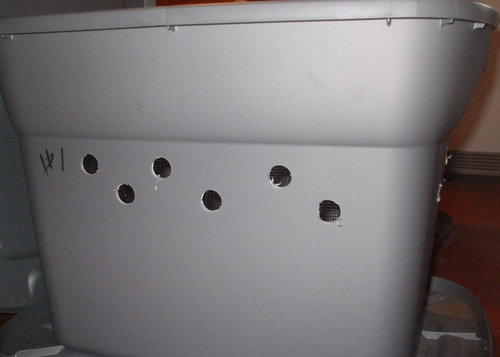
sbryce_gw
bltloverOriginal Author
Related Professionals
Chattanooga Landscape Architects & Landscape Designers · Suffern Landscape Architects & Landscape Designers · Maple Heights Landscape Architects & Landscape Designers · Bainbridge Island Landscape Contractors · Fort Myers Landscape Contractors · Mount Sinai Landscape Contractors · Tinton Falls Landscape Contractors · Greenfield Landscape Contractors · Country Club Hills General Contractors · East Riverdale General Contractors · Everett General Contractors · Las Cruces General Contractors · Little Egg Harbor Twp General Contractors · Natchitoches General Contractors · Sun Prairie General Contractorsmendopete
sbryce_gw
bltloverOriginal Author
equinoxequinox
sbryce_gw
Wormee
bltloverOriginal Author
Wormee
equinoxequinox
Niivek
bltloverOriginal Author
sbryce_gw
bltloverOriginal Author
equinoxequinox
bltloverOriginal Author
Wormee
bltloverOriginal Author
bltloverOriginal Author
bltloverOriginal Author
bltloverOriginal Author
sbryce_gw
bltloverOriginal Author